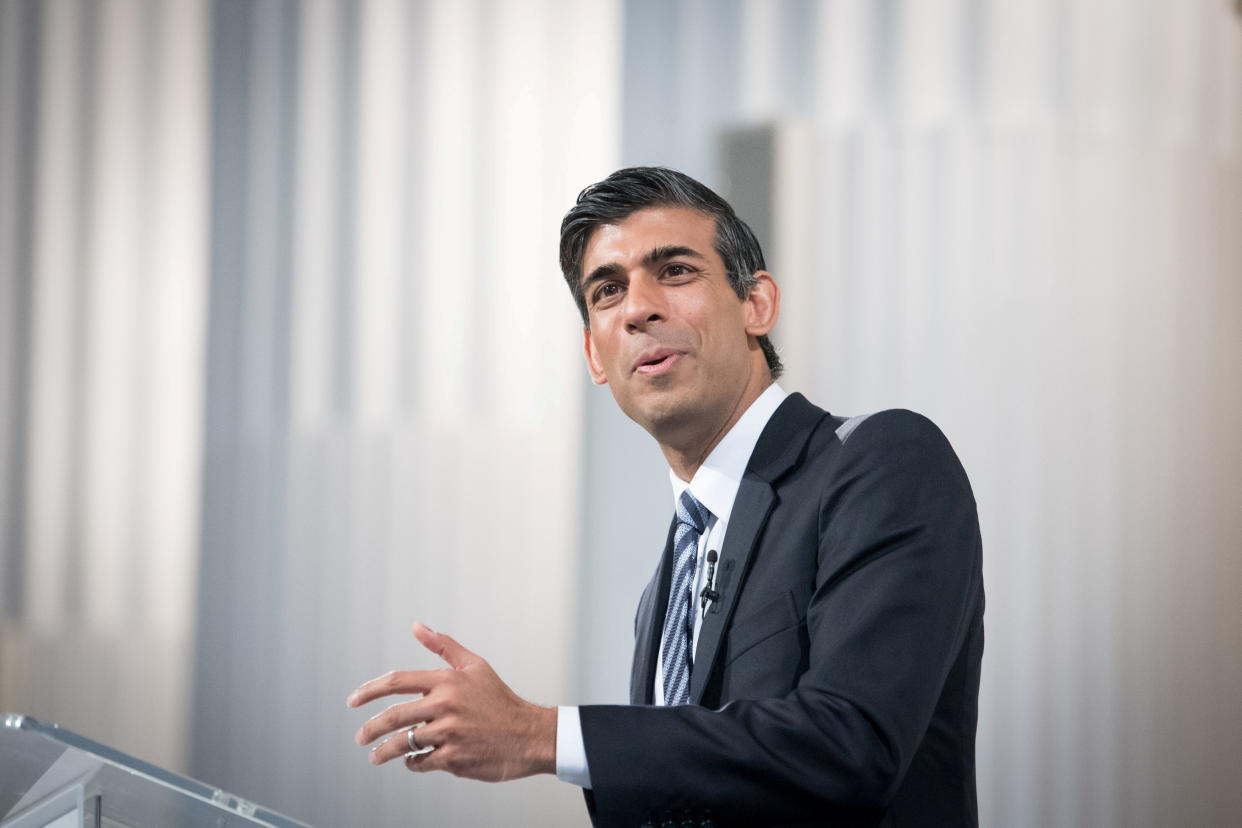End of furlough could lead to hidden 'jobs gap' of 2 million

Once the furlough scheme wraps up this month, the UK could face a hidden "jobs gap" of up to 2 million people which could threaten economic recovery, a think tank has said.
A report by the Institute for Public Policy Research (IPPR) states that although many people will return to their jobs once the scheme is over, a large number might become unemployed, particularly those who work in the hospitality sector and service industries, where demand has not fully returned to normal.
There are now 412,000 more "economically inactive" people (those who are neither in work nor looking for work) than before the pandemic, and many of them may want to return to the labour market. These will add to the so-called jobs gap.
Those in mid and low-paid roles are most at risk from the planned end to the furlough scheme.
There are currently almost 1 million vacancies, and there is a shortages of workers in some key occupations thanks to the "pingdemic" (people being asked to self-isolate by the NHS because they have come into contact with someone who has tested positive for COVID) and Brexit complications.
But many people still face a future of insecure work, low pay and "underemployment" – not being able to secure as many hours of work as they would like – the IPPR said.
Its report found there are 200,000 fewer employees on firms’ payrolls than before the pandemic, with part-time work 9% below pre-pandemic levels
Read more: Furlough scheme could 'hinder UK's economic growth' as job vacancies soar
To help overcome this, the IPPR has urged the government to increase public investment to spur the growth of well-paid jobs.
It wants the government to "boost it like Biden" by raising public investment from 3% to 5% of the economy – equivalent to £50bn ($69bn) a year.
The think tank also believes the furlough scheme shouldn’t be wrapped up completely. Instead, the government should "keep and tweak" the policy: extend it beyond the end of September and adjust it to encourage part-time work through a 10% wage subsidy for hours worked part time.
Included in its recommendations is also training Britons in new skills and supporting a transition to jobs in “future-proof sectors”, including new roles and industries needed as the UK adjusts to a net-zero economy.
According to HM Revenue & Customs figures, 4.9 million workers were furloughed as of 31 January 2021, with provisional figures suggesting this had decreased slightly to 4.7 million in February.
Watch: How to negotiate a pay rise


